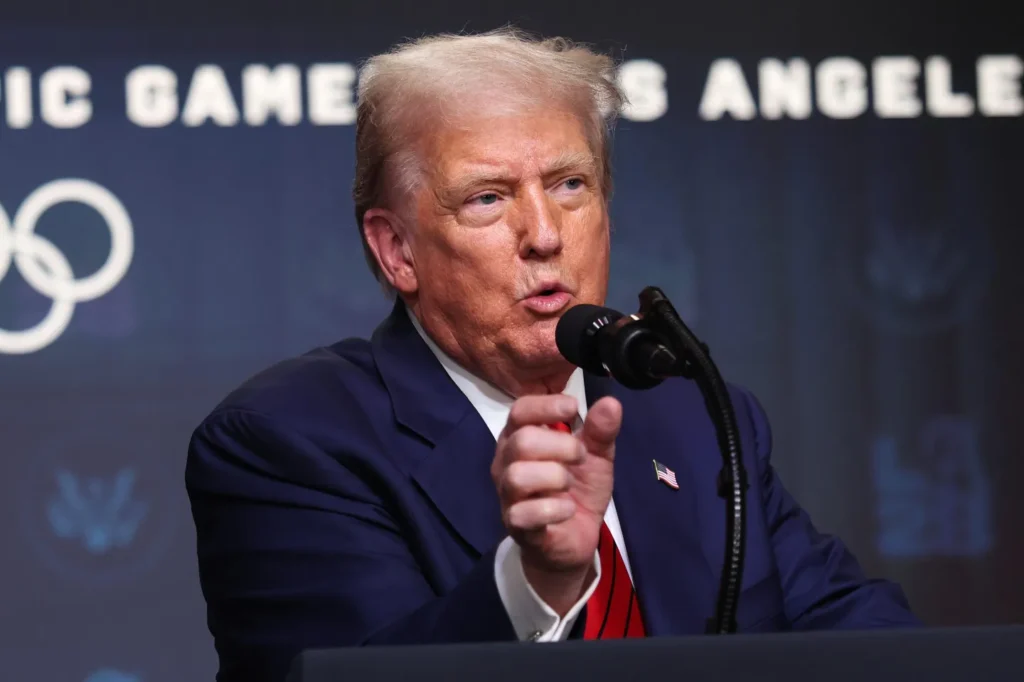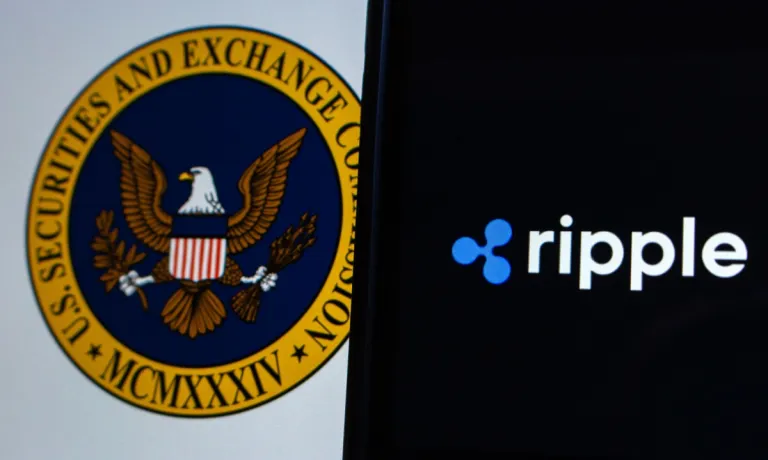In a bold move set to reshape the landscape of American retirement savings, President Donald Trump signed an executive order on Thursday, August 7, 2025, allowing 401(k) plans to include cryptocurrencies, private equity, and other alternative investments like real estate. This decision, part of a broader deregulatory agenda, unlocks the $9 trillion U.S. retirement market to riskier but potentially high-reward asset classes, fundamentally altering how approximately 90 million Americans save for their future.
The order directs regulatory agencies to revisit existing rules, paving the way for professionally managed 401(k) funds to incorporate digital assets and private capital investments. Historically, these plans have been dominated by stocks, bonds, and low-cost index funds tracking benchmarks like the S&P 500. The inclusion of cryptocurrencies and private equity is expected to diversify retirement portfolios but introduces new risks, including volatility, higher fees, and lower liquidity.
A Boost for Crypto and Private Equity
The executive order is a significant win for the cryptocurrency and private equity industries, both of which have lobbied aggressively for access to the massive pool of retirement capital. The crypto market, currently valued at nearly $4 trillion, saw immediate reactions, with bitcoin climbing 1% to $116,450 and ether jumping nearly 5% on the news. Crypto-related stocks, such as Coinbase (up 3%) and Galaxy Digital (up 6%), also surged.
Industry leaders hailed the move as a step toward mainstream adoption of digital assets. “This opens the door to a monster pool of capital,” said Michael Novogratz, CEO of Galaxy Digital, in an interview with CNBC’s Squawk Box. “When you can invest in crypto through trusted platforms like Fidelity or T. Rowe Price, it pulls more people into the ecosystem.”
Private equity giants like Blackstone, KKR, and Apollo, which have struggled to raise funds from traditional sources like pension funds, see 401(k) plans as a potential goldmine. Industry experts estimate that access to these plans could channel hundreds of billions of dollars into private capital markets. Partnerships between private equity firms and 401(k) administrators are already in place, signaling rapid movement to capitalize on the new rules.

Risks and Rewards
While the move diversifies investment options, it also exposes savers to significant risks. Cryptocurrencies, despite their recent highs, are notoriously volatile, with a history of dramatic boom-bust cycles. Private equity investments, often leveraged and less liquid, carry higher fees and valuation challenges, which have historically deterred 401(k) plan managers due to potential liability risks.
Financial advisors are divided on the implications. Ric Edelman, a prominent advocate for crypto, now recommends allocating up to 40% of portfolios to digital assets, a sharp increase from his earlier 1% suggestion. However, others caution that the risks—particularly with leveraged crypto exchange-traded funds (ETFs) like the Teucrium 2x Long Daily XRP ETF—may outweigh the benefits for risk-averse investors. “Leveraged funds are aggressive and not designed for long-term holding,” warned Sal Gilberte, president of Teucrium Trading, on CNBC’s ETF Edge. He advised investors to opt for non-leveraged ETFs like BlackRock’s iShares Bitcoin Trust (IBIT) for smoother exposure.
A Deregulatory Push
The executive order aligns with the Trump administration’s broader efforts to loosen financial regulations, including rolling back restrictions on cryptocurrencies and easing banking rules. The crypto industry, in particular, has found a strong ally in Trump, whose family holds significant stakes in digital asset companies. Top crypto executives have been among his most vocal supporters, and their influence was reportedly key in securing the president’s approval for the order.
The move follows other pro-crypto actions, such as the GENIUS Act, signed in July 2025, which established the first official U.S. crypto law. These efforts aim to position the U.S. as the “crypto capital of the world,” as Trump has repeatedly stated.
Challenges Ahead
While the executive order provides a framework for change, it does not immediately resolve regulatory uncertainties. Plan administrators remain cautious, citing potential litigation risks from workers concerned about high fees or losses in alternative investments. However, industry experts believe the order gives lawmakers and agencies “air cover” to adjust laws and offer protections against lawsuits, potentially smoothing the path for broader adoption.
The rise of crypto ETFs, which have seen $13 billion in inflows this year, underscores growing investor interest. BlackRock’s iShares Bitcoin Trust and Van Eck’s Ethereum ETF have posted strong returns of 20% and 11% year-to-date, respectively. Yet, access to these assets within 401(k) plans remains limited, with only self-directed brokerage options currently offering crypto exposure.
Disclaimer
The information on this website is for educational purposes only, and investing carries risks. Always do your research before investing, and be prepared for potential losses.
18+ and Gambling: Online gambling rules vary by country; please follow them. This website provides entertainment content, and using it means you accept out terms. We may include partnership links, but they don't affect our ratings or recommendations.
Crypto promotions on this site do not comply with the UK Financial Promotions Regime and are not intended for UK consumers.





